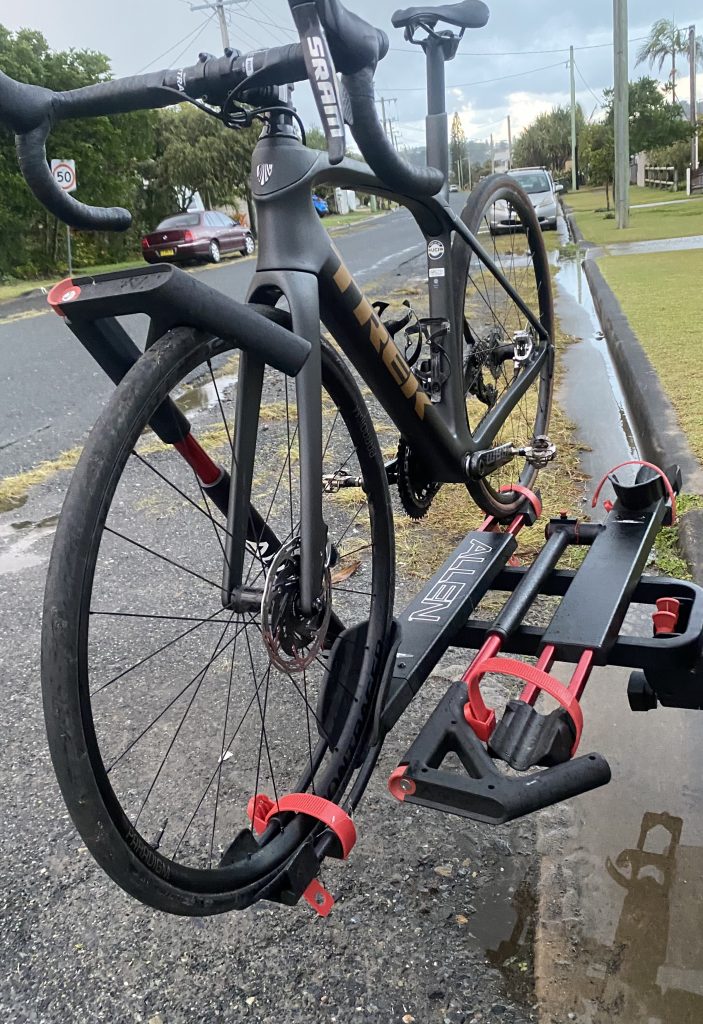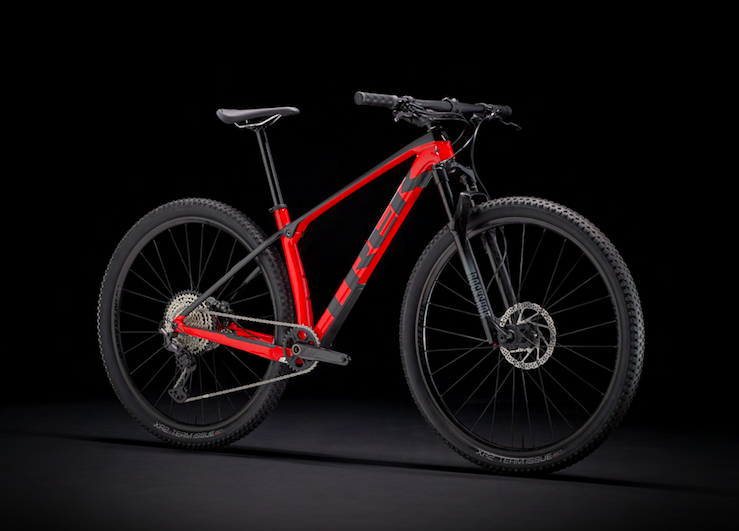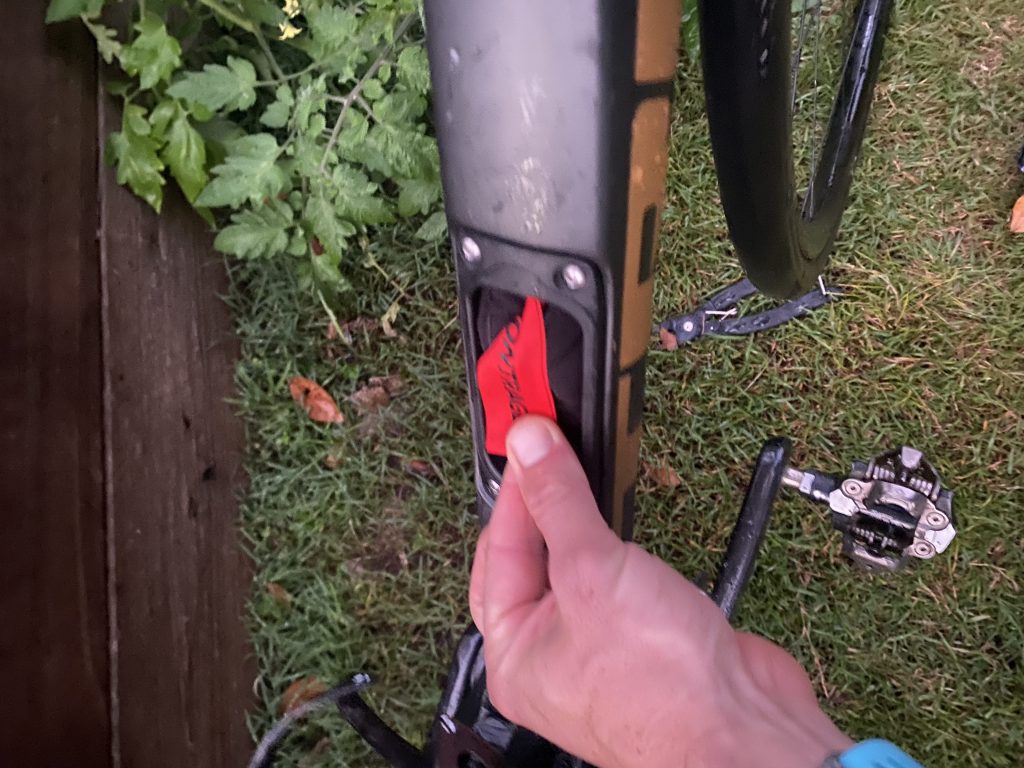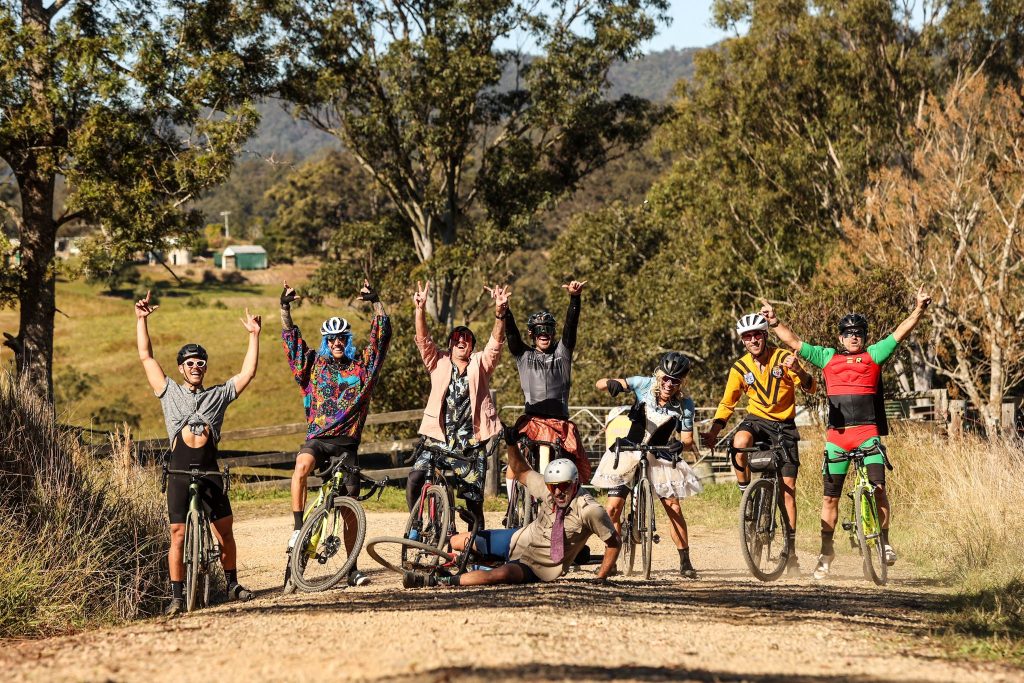and The Trek Domane reigns supreme as the bike to have to almost do it all.
The Trek Domane has only added to my love for the adventure/endurance road bike category and deepened my disinterest toward the ‘gravel’ bike category.

I’ve tried quite a few gravel bikes across several brands and as much as I wanted to I just can’t really see where a gravel bike fits in my bike line up. This is coming from a bloke who can find a reason for every other bike category.
If the gravel terrain is too intense for an endurance road bike that accommodates wide tyres then it’s also going to be just as uncomfortable on a heavier and stiffer gravel bike.
In my opinion based on both feel and objective testing, the best ‘gravel bike’ for more hectic gravel terrain is a hard tail mountain bike!
My testing showed that the Trek Pro Caliber which enjoys front suspension combined with Trek’s engineering brilliance of the Isospeed decoupler for some rear vertical compliance is a LOT faster than a gravel bike on rocky gravel. To equally confuse the need for a gravel bike is if the gravel is not really gravel but smooth dirt like most hipster gravel riders enjoy, then the new Domane is a LOT faster than a gravel bike. Of course comfort and speed are not the only things that matter to everyone but.. well.. it should be.

The Domane is an absolute dream to ride on the horrendous roads of New South Wales, Australia that are similar to many other countries smooth gravel options. You have the lightweight responsiveness of a top end road bike with the incredible IsoSpeed decoupling at both the front and rear of the bike. Long training rides are for more comfortable now without any significant aerodynamic or weight penalty.
IsoSpeed is a game changer for ride quality. To the point I’ve even suggested that IsoSpeed is needed in time trial frames. The general response from this suggestion is controlled mirth despite my insistence that the number one factor that leads to a rider breaking aero aside from cornering is prolonged discomfort from continuous road vibrations or rough sections of road. Every time you break aero you blow 40-100 watts of aerodynamic advantage. Still, it’s an impossibly hard sell at this stage and I can’t see that happening for some time even if the rarely published ‘real world data’ showed it to be faster. So this whole paragraph is pretty much irrelevant and a waste of both yours and my time and I apologise.
What held back the Domane from being the absolute complete package in the past was it’s aerodynamic qualities. My previous Domane was my ‘stay in the U.S training bike’ for several years. The bike flew except for when I was trying to descend really fast (for a triathlete) or really go for it on flat smooth roads where the aero penalty compared to bikes like the aero king of all aero bikes, the Trek Madone, became measurably noticeable. I could pretend it didn’t bother me because I wasn’t racing on the Domane but when Ben Hoffman dropped me on every Boulder descent despite the drag penalty emanating from his oversized calf muscles, my ego was taking small daily hits.
I look forward to 2025 when Australia may have vaccination rates high enough that I can return to Boulder and seek descent revenge for the previous hurt my ego has had to endure.
Trek have fixed the only imperfection with the Domane by keeping or improving on everything that I loved about the Domane but now in an incredibly aero package. I’m yet to do any controlled field tests but based off feel and how I’m going against guys I regular ride with, the aero difference above 45km/h seems noticeably superior.
The internal storage only adds to the versatility of having a bike light and aero enough to race very very seriously while also being a bike you could head off touring and bike camping with.

Quite honestly, if I didn’t race triathlons for cash and Trek turned around to me and said you can only choose one more bike for the rest of your life, the new Trek Domane would be 100% my choice.

 Please contact:
Please contact: